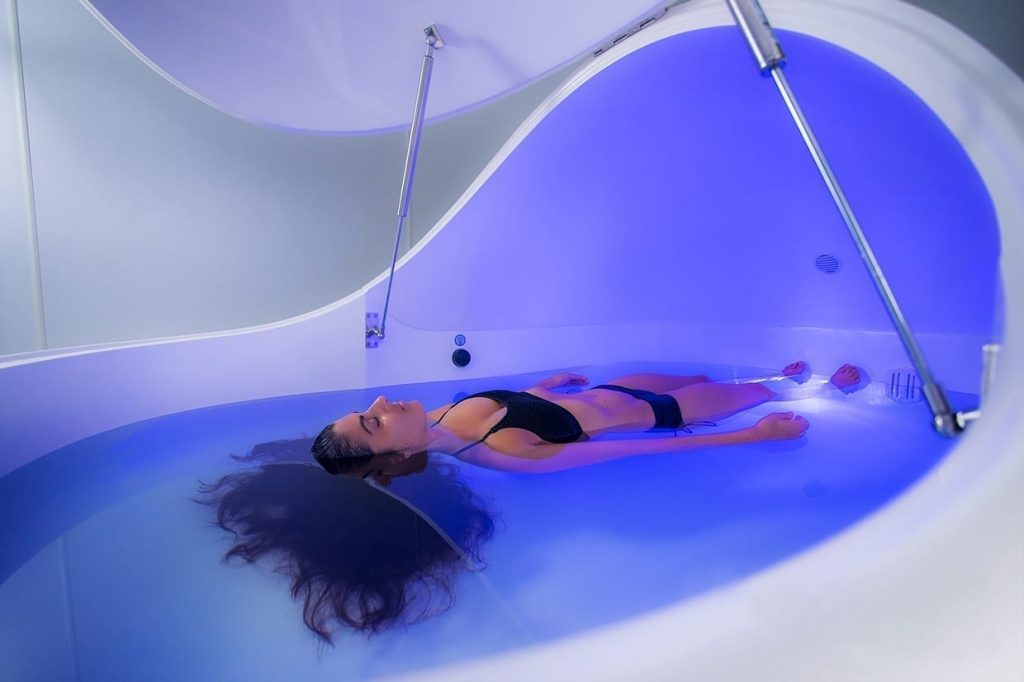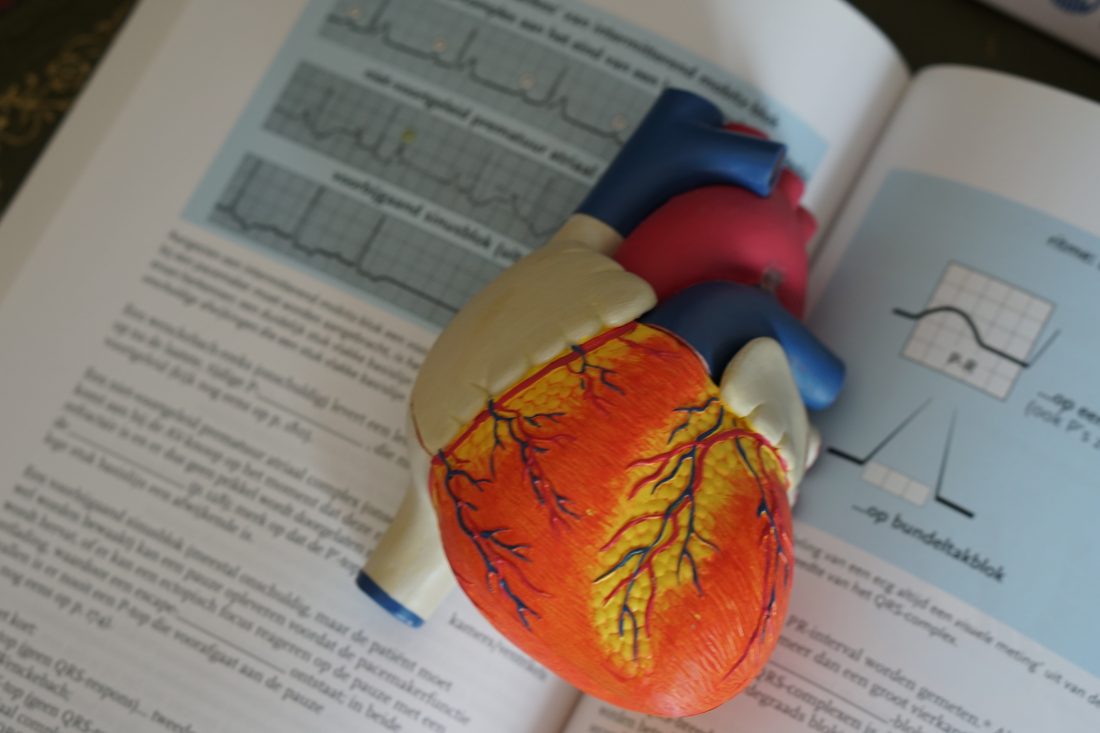Modern aesthetic medicine emphasizes a personalized approach to facial rejuvenation, recognizing that no single treatment addresses all signs of aging. Combining dermal fillers with neuromodulators (toxins) allows professionals to create comprehensive protocols that restore volume, reduce wrinkles, and enhance facial balance with natural-looking results. This method targets multiple aging mechanisms while tailoring the treatment to each individual’s unique anatomy and aesthetic goals.
The Role of Fillers in Facial Augmentation
Dermal fillers, particularly those based on hyaluronic acid, are designed to restore lost volume, improve facial contour, and support skin hydration. These gels vary in density and elasticity, allowing for different depths and indications, from subtle lip enhancement to deep structural augmentation in the cheeks, chin, and jawline.
Some advanced formulations come with lidocaine to reduce discomfort during injection, improving patient comfort and precision. Fillers are commonly selected based on their lifting capacity, duration of effect, and tissue integration. For example, the celosome implant is a type of high-density hyaluronic acid filler used for deep-volume restoration and facial contouring, making celosome implant suitable for advanced augmentation protocols.
How Toxins Complement Filler Treatments
While fillers add structure and volume, neuromodulators function by relaxing the muscles responsible for dynamic wrinkles. This dual strategy enhances overall rejuvenation by treating both static lines caused by volume loss and dynamic lines formed from repetitive movement.
Strategic placement of toxins in the forehead, glabella, or around the eyes helps soften expression lines, while fillers restore youthful proportions. Together, they provide a more cohesive and balanced appearance, minimizing the need for surgical intervention.
Benefits of a Combined Approach
There are several advantages to combining fillers and toxins in a single treatment plan:
Improved facial harmony through targeted volume and muscle modulation Longer-lasting outcomes by addressing multiple causes of aging simultaneously Greater precision and customization for each patient’s facial structure and aesthetic preferences Enhanced hydration and lifting effects from hyaluronic acid-based fillers, especially when used with lidocaine for comfort
The timing and sequence of treatments may vary depending on patient needs, but both components often complement each other when performed by an experienced professional.
Designing the Right Protocol
Developing an individualized aesthetic protocol involves a thorough evaluation of skin quality, muscle activity, and volume distribution. Providers must consider age, skin thickness, hydration status, and prior treatments. The goal is to enhance natural features, not to create uniform results across patients.
Proper selection of filler type, such as those used for lifting or hydration, along with accurate toxin dosing, ensures a balanced and natural effect. This method avoids overcorrection and supports gradual, refined improvements over time.
Conclusion
Combining fillers and toxins in customized protocols reflects the current gold standard in non-surgical facial rejuvenation. By leveraging the distinct benefits of each approach, practitioners can deliver outcomes that respect facial dynamics while addressing volume loss and wrinkles comprehensively. A high-performance filler like the celosome implant plays a central role in such strategies, offering structural support and lifting effects where deeper correction is needed.
When applied with precision and clinical insight, combined treatments provide a natural, refreshed appearance aligned with each patient’s unique features and long-term skincare goals.


